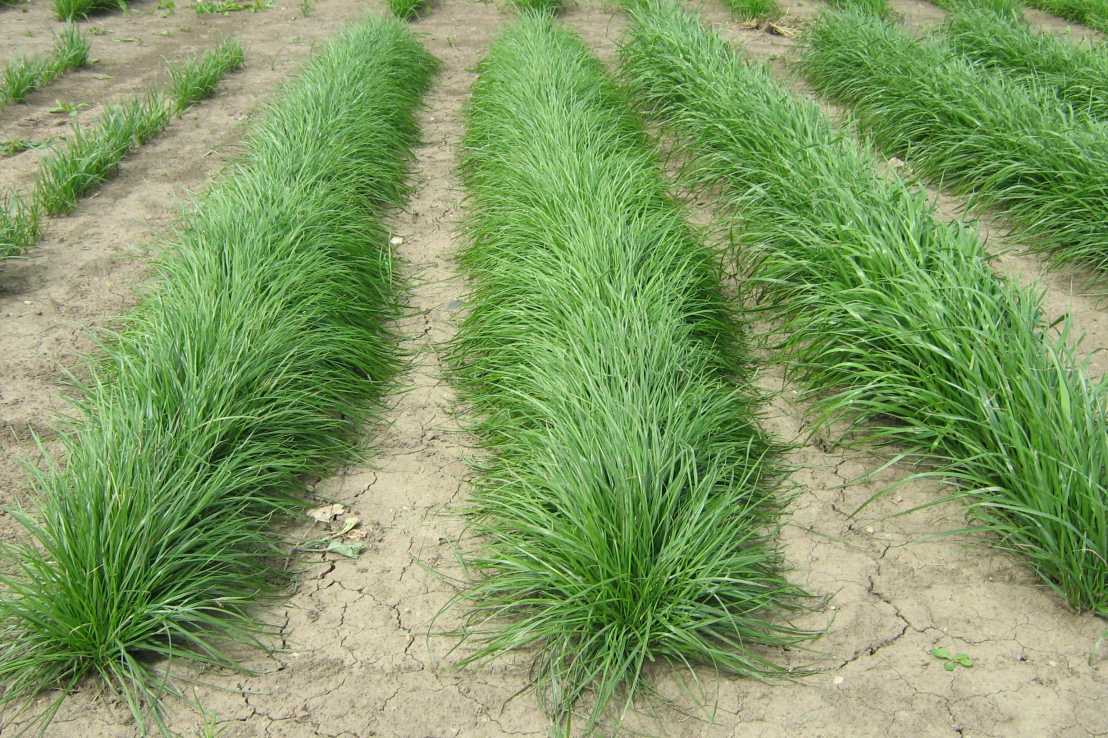Breeding for drought tolerant grasses
Genome-wide association study identifies candidate genes for biomass formation under water deficit in perennial ryegrass.

For perennial ryegrass (Lolium perenne L.), an important forage grass in temperate regions, leaf growth is a crucial factor determining biomass accumulation and hence forage yield. While leaf growth in perennial ryegrass is known to be temperature-dependent, its genetic regulation under water deficit is poorly understood.
To get deeper insight into the genetic mechanisms of biomass formation under water deficit, researchers from the Lithuanian Research Centre for Agriculture and Forestry (LAMMC) and MPB have studied a diverse panel of perennial ryegrass, consisting of forage and turf type cultivars along with maritime and continental type ecotypes. Leaf elongation in response to water deficit was evaluated employing a high-precision phenotyping platform, developed earlier in collaboration with researchers from the Crop Science group of ETH Zurich. The phenotypic data was combined with genotypic variants identified using genotyping-by-sequencing to conduct a genome-wide association study (GWAS). Using GWAS, three DNA polymorphisms that were significantly associated with leaf growth reduction under water deprivation were identified. The closest genes, PhyB and MYB41, are known to modulate abiotic stress response in other plant species.
The outcome of this study has practical implications for plant breeding; it highlights the potential of using precision phenotyping to dissect a complex trait into fundamental components and identifying the underlying genes. Moreover, the genetic markers reported here will serve as a valuable resource in future breeding programs to select for enhanced biomass formation under mild summer drought conditions.
Citation:
Jaškūnė K, Aleliūnas A, Statkevičiūtė G, Kemešytė V, Studer B and Yates SA (2020) Genome-wide association study to identify candidate loci for biomass formation under water deficit in perennial ryegrass. Frontiers in Plant Science 11: 570204
external page https://doi.org/10.3389/fpls.2020.570204